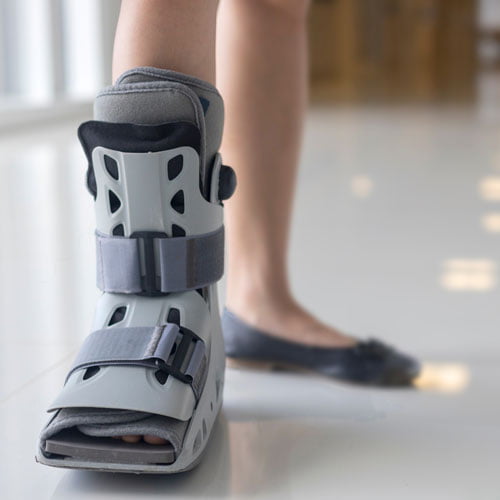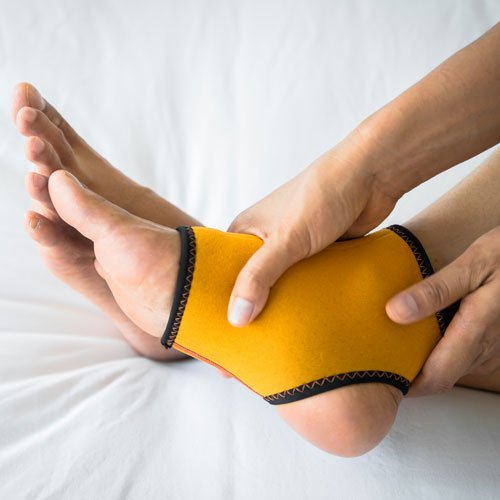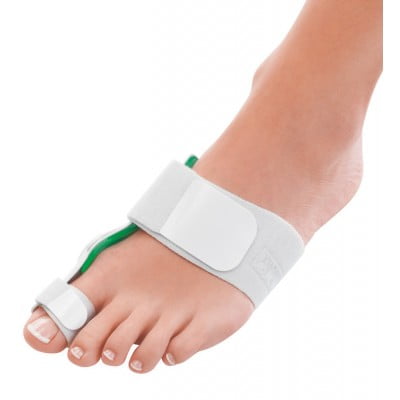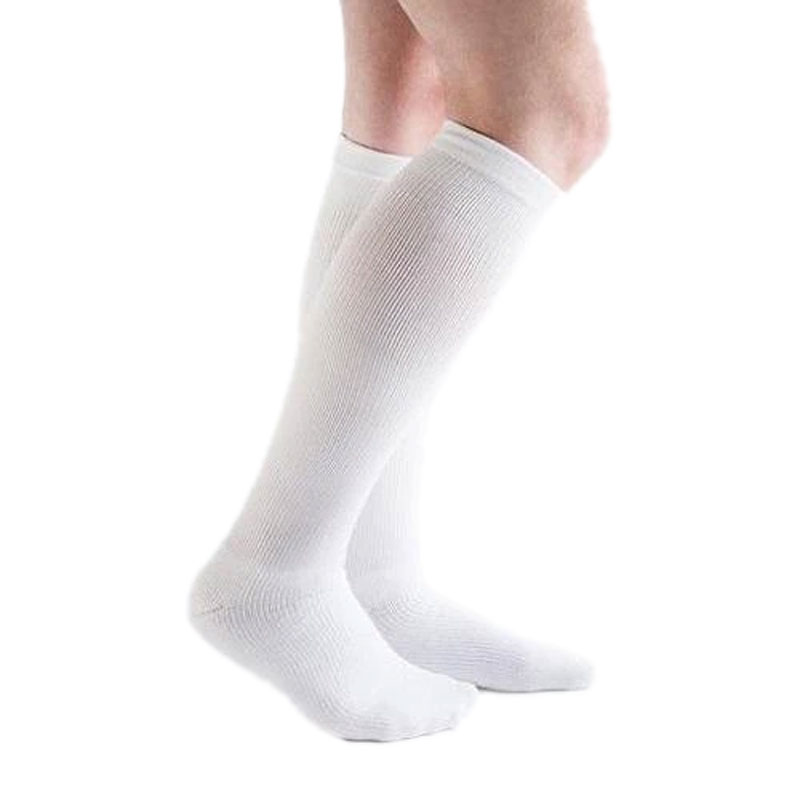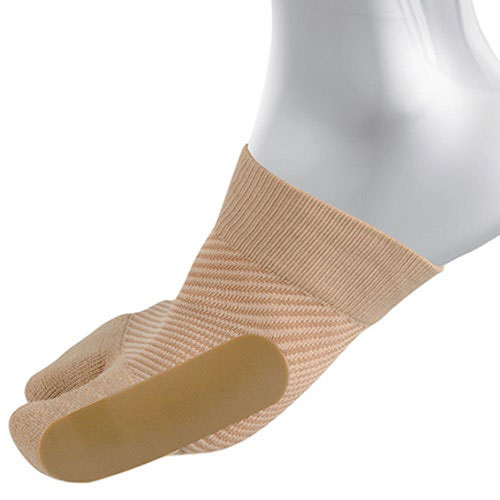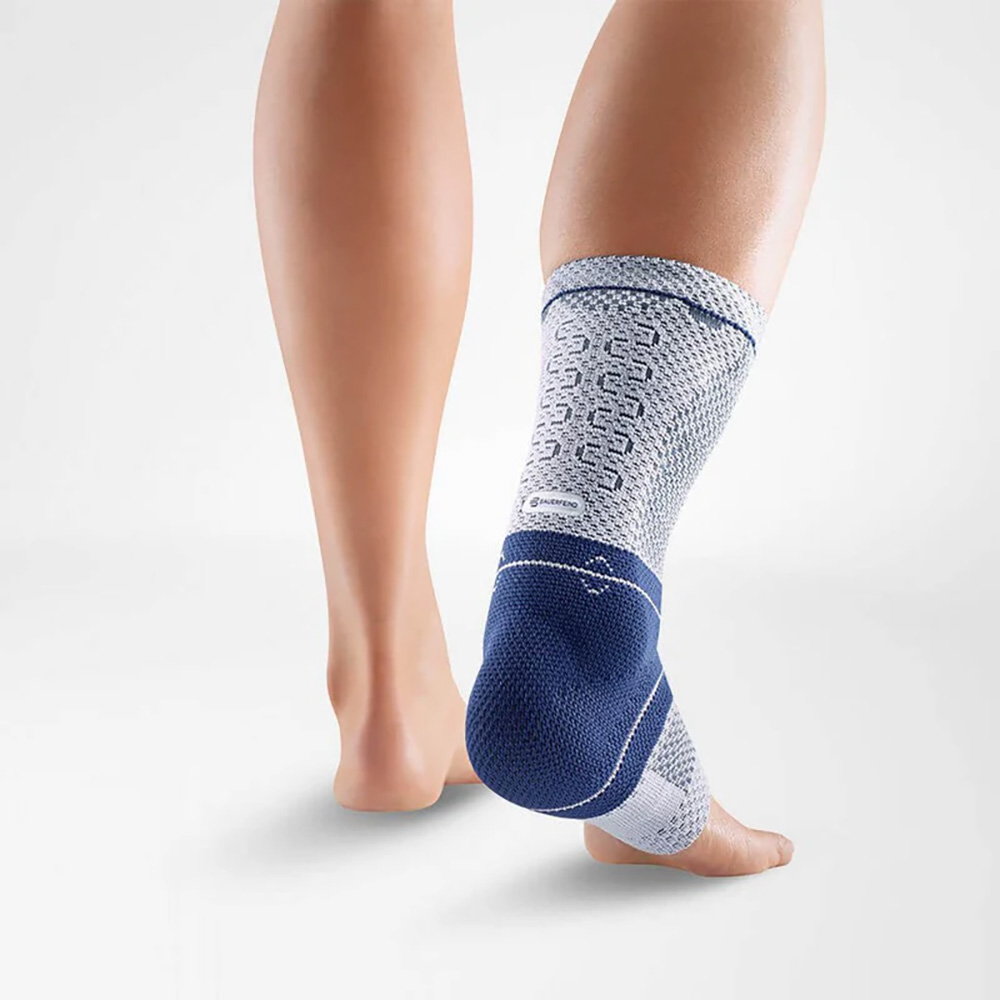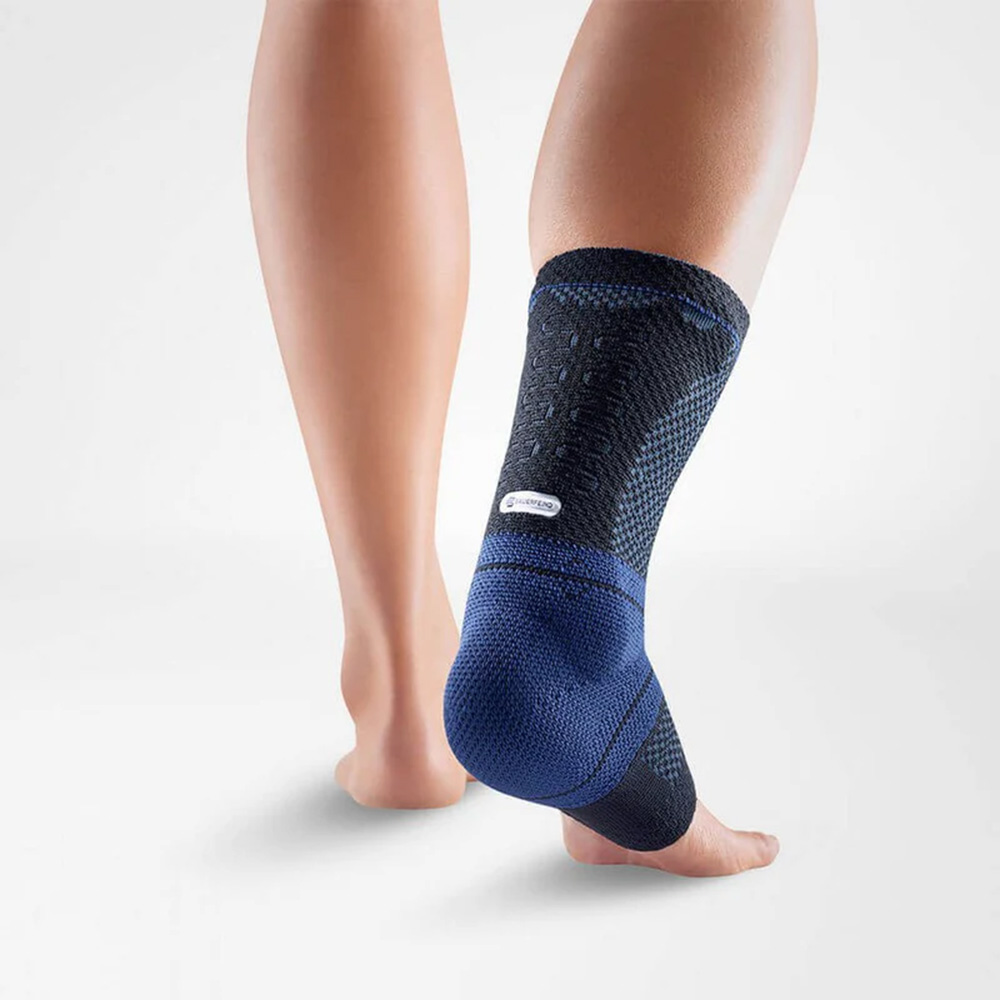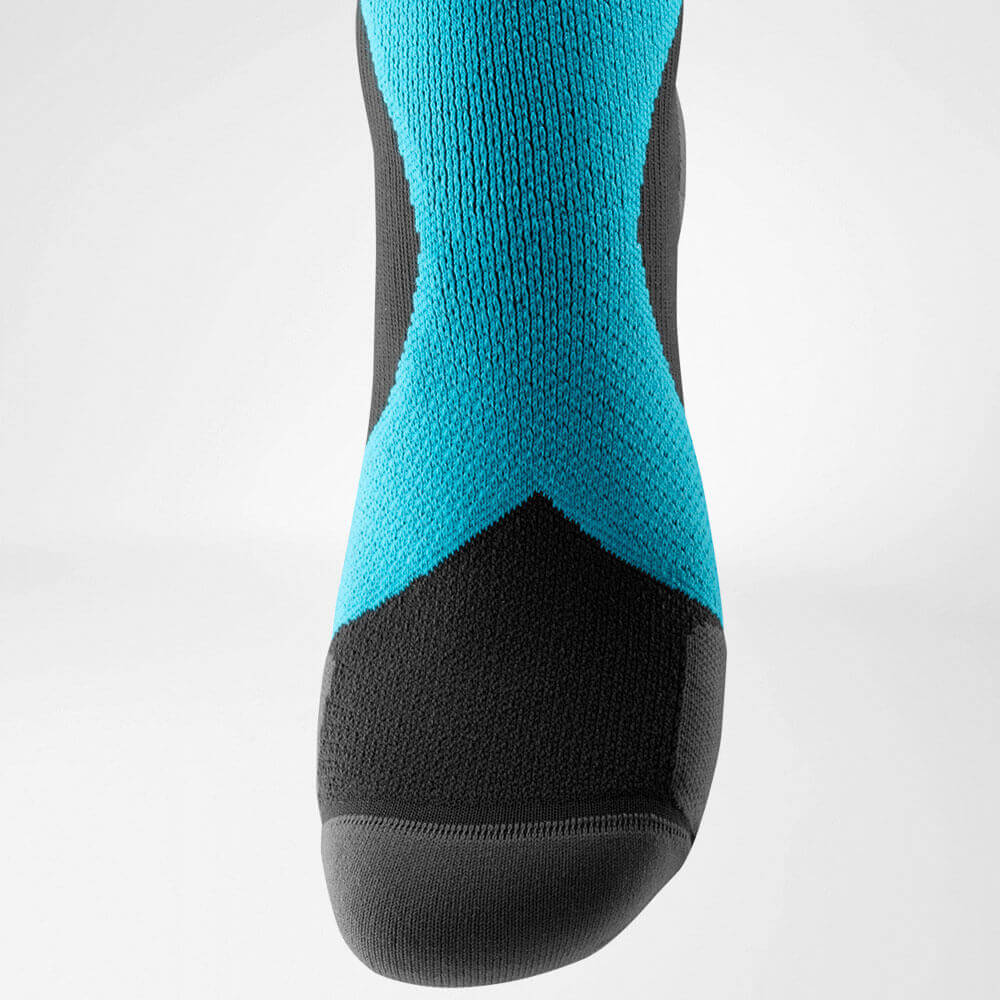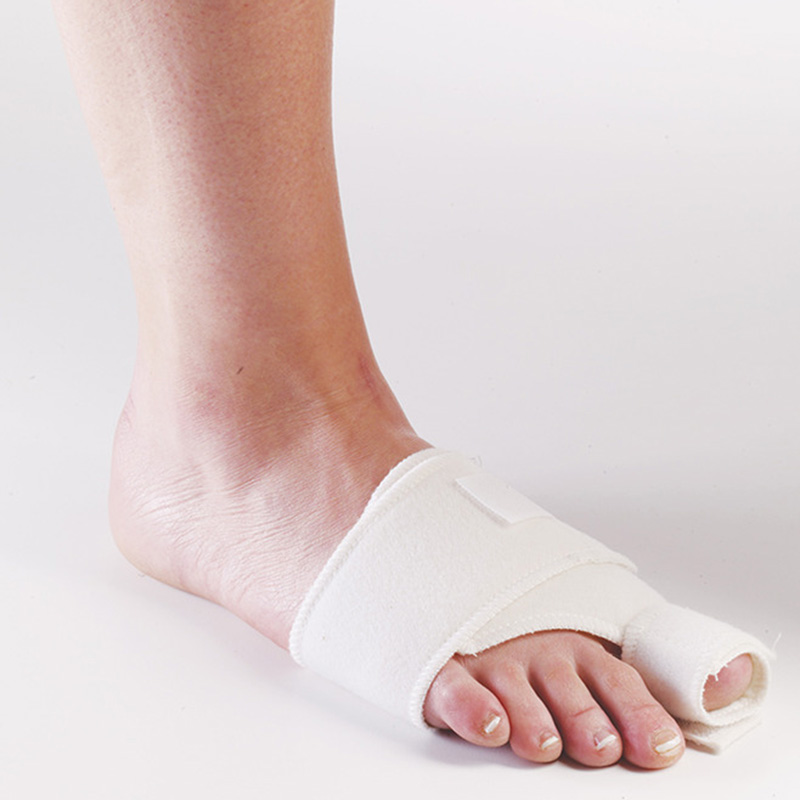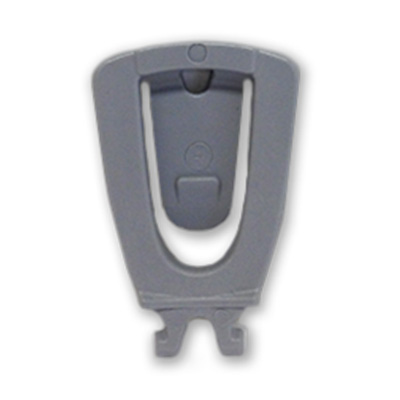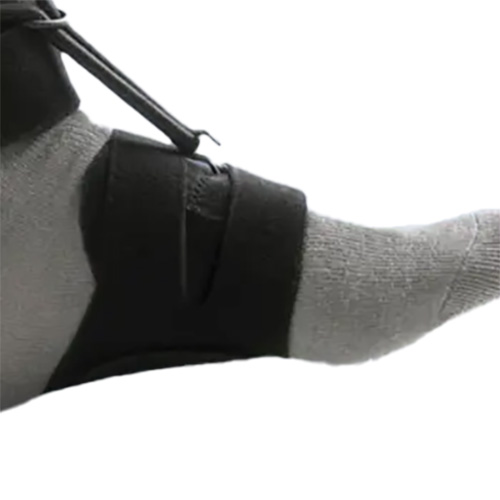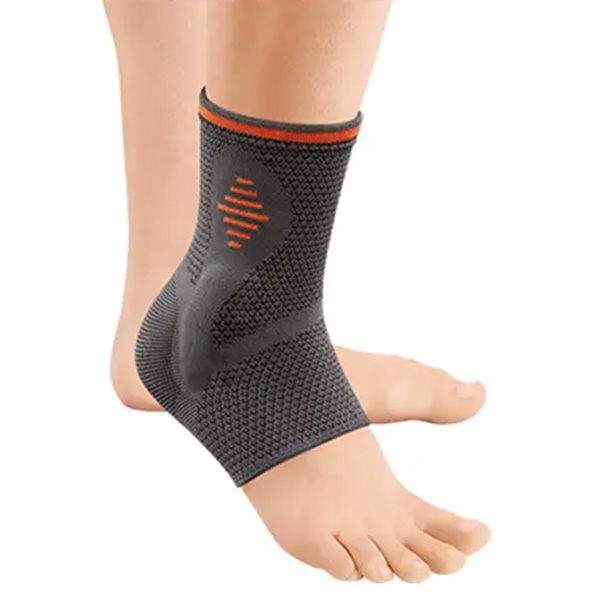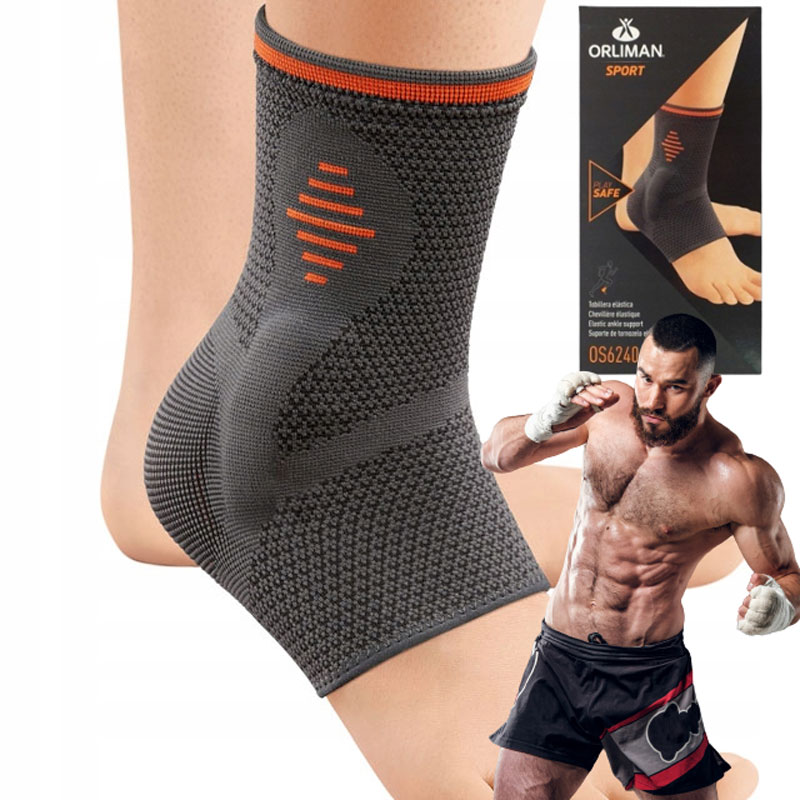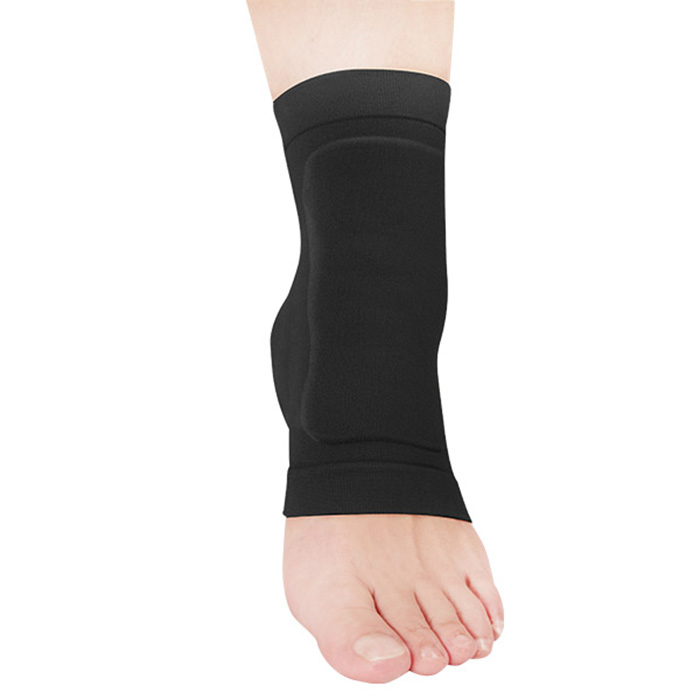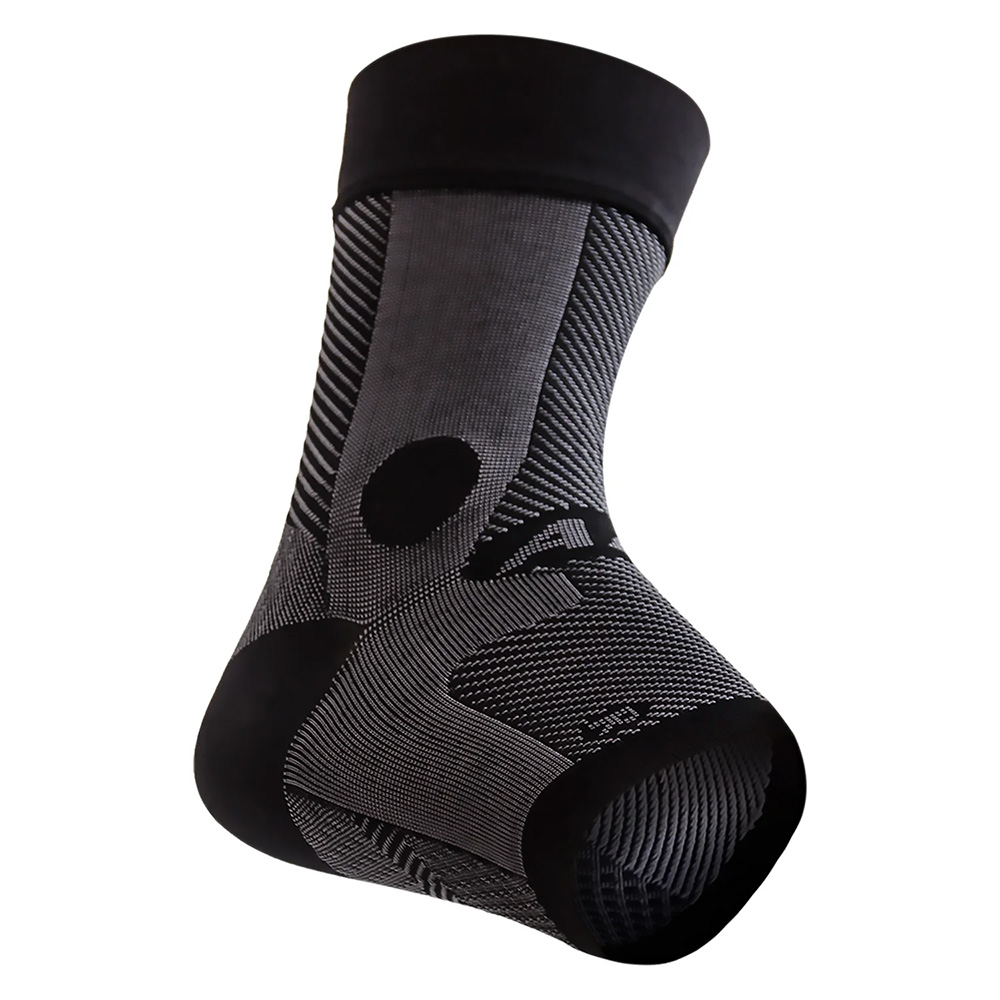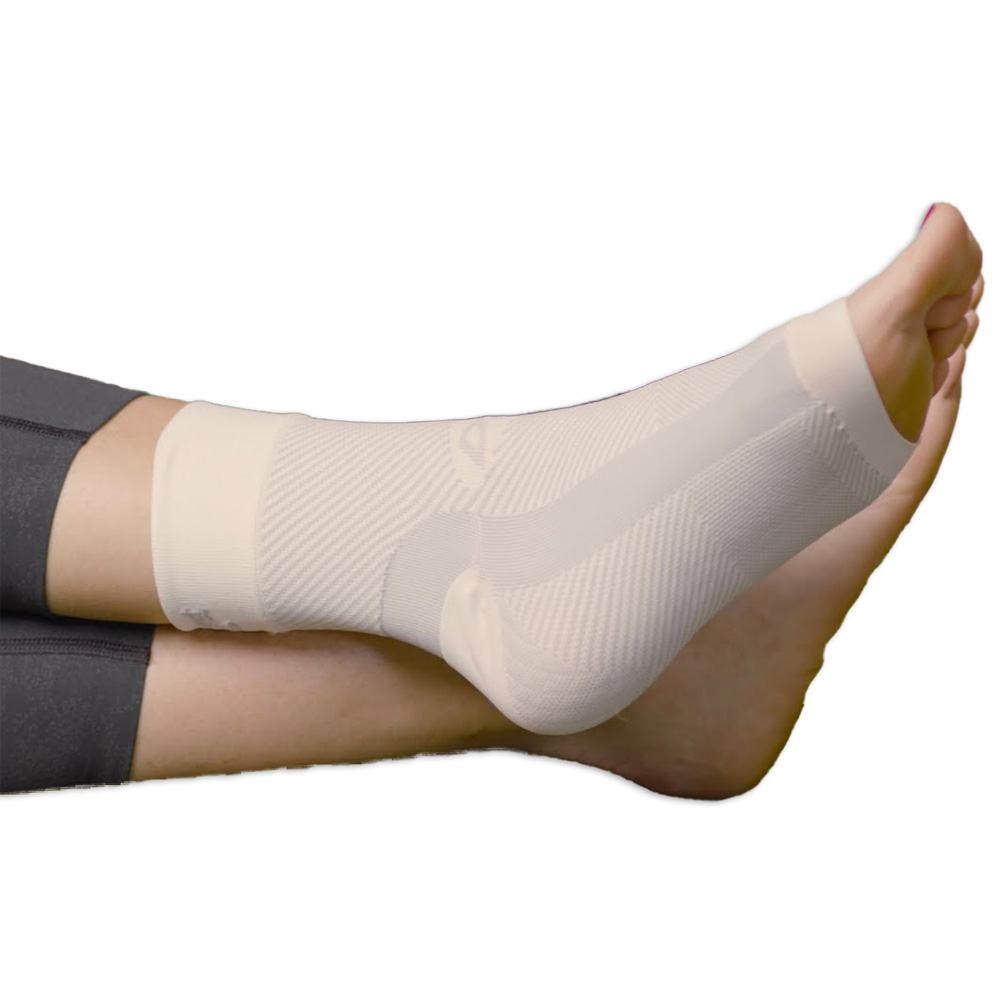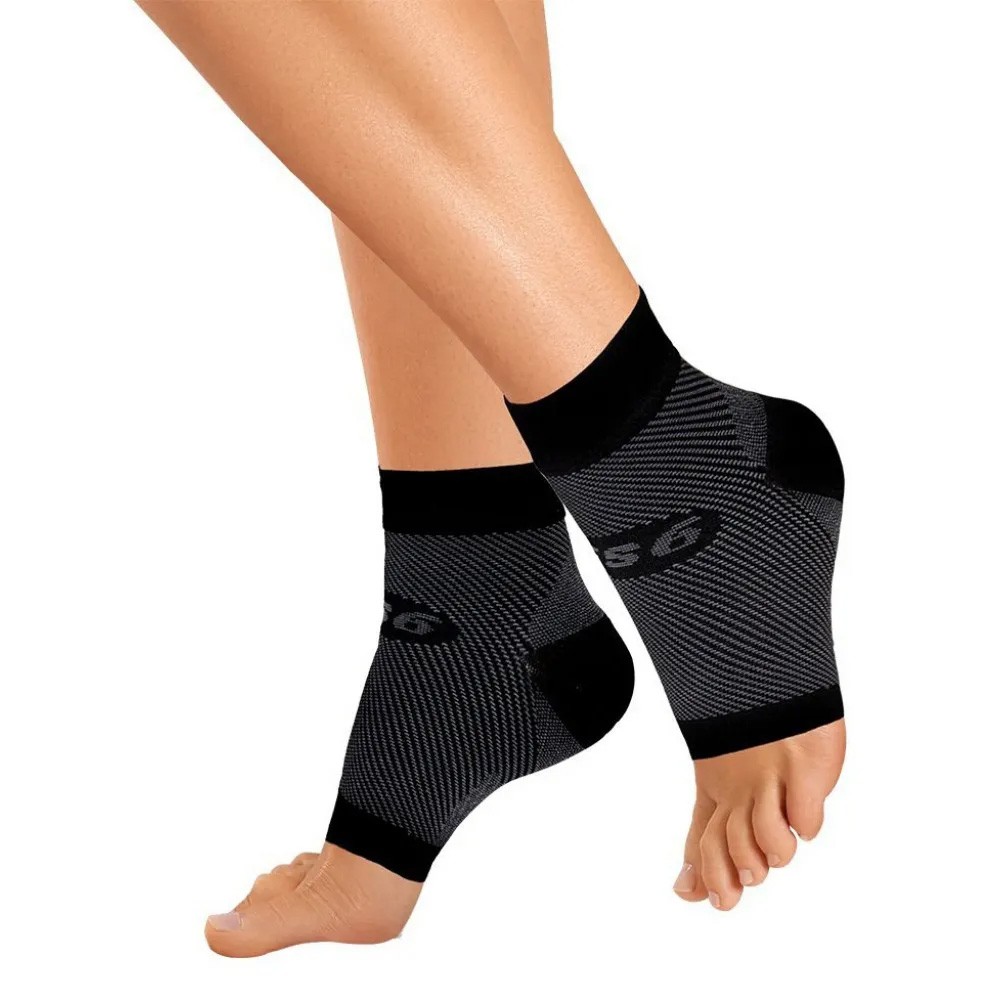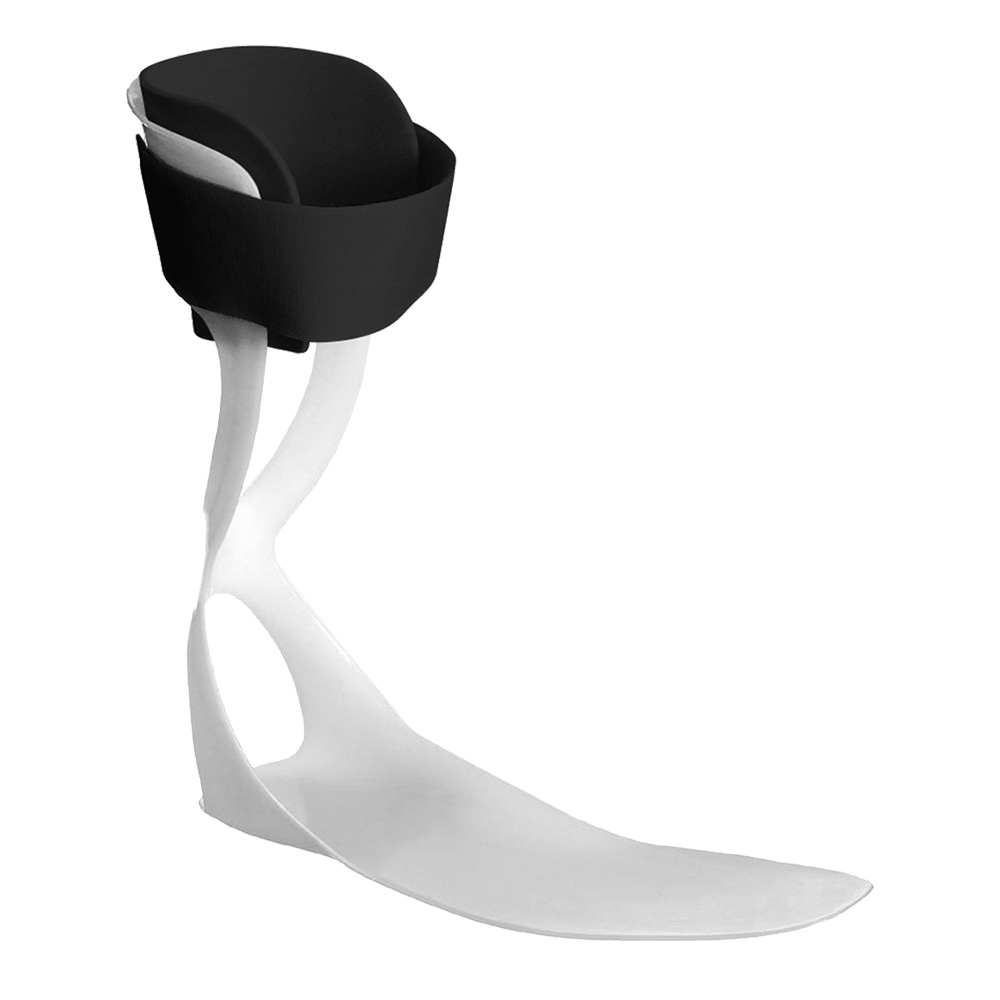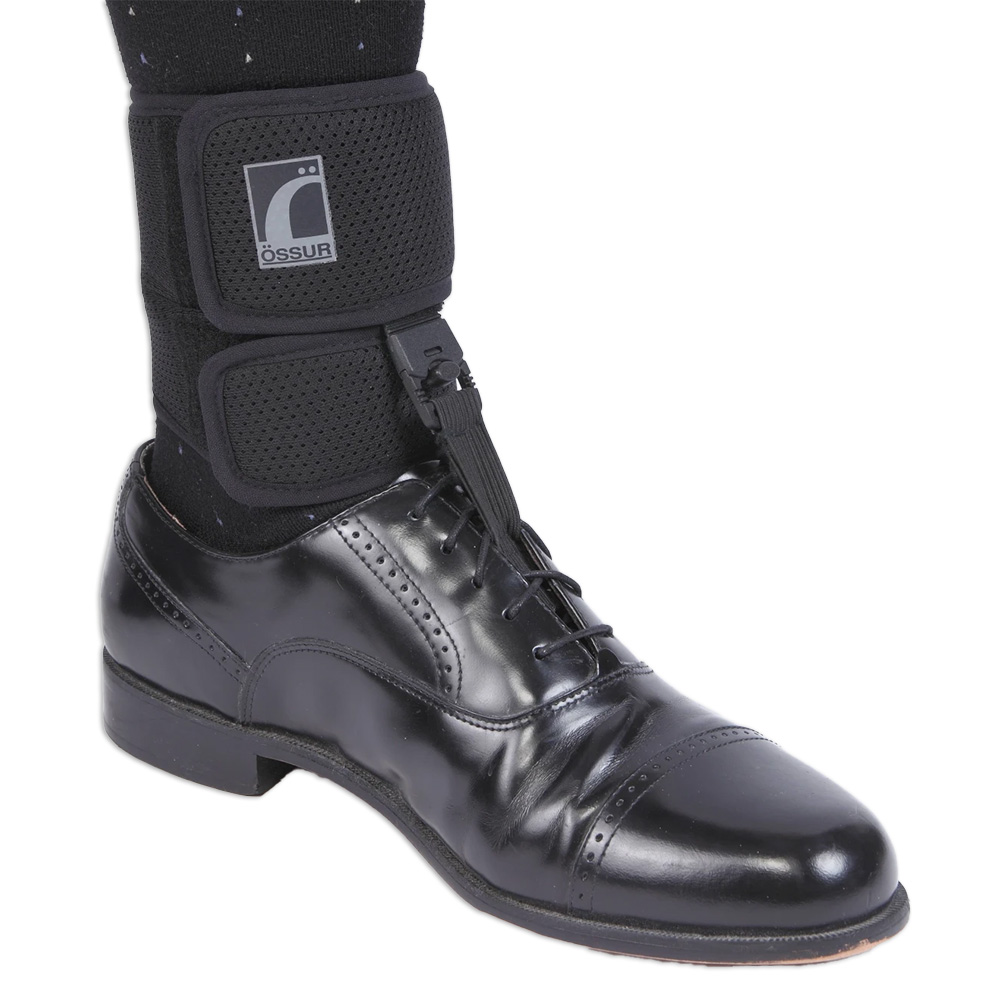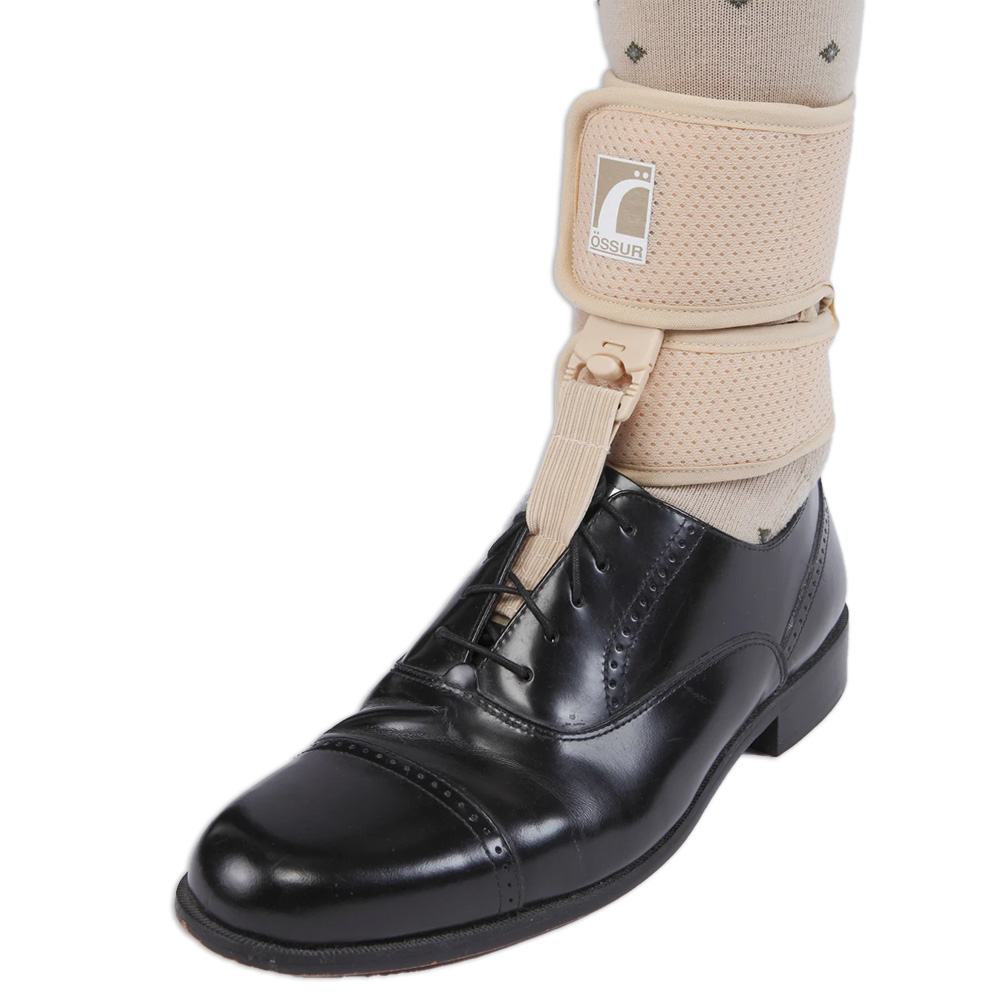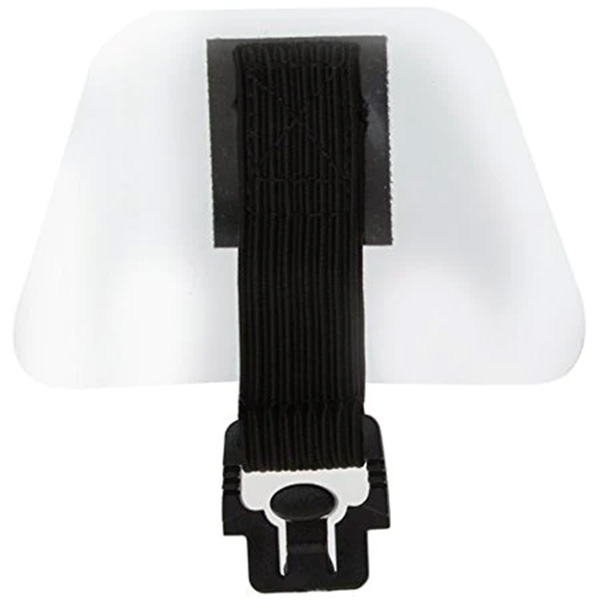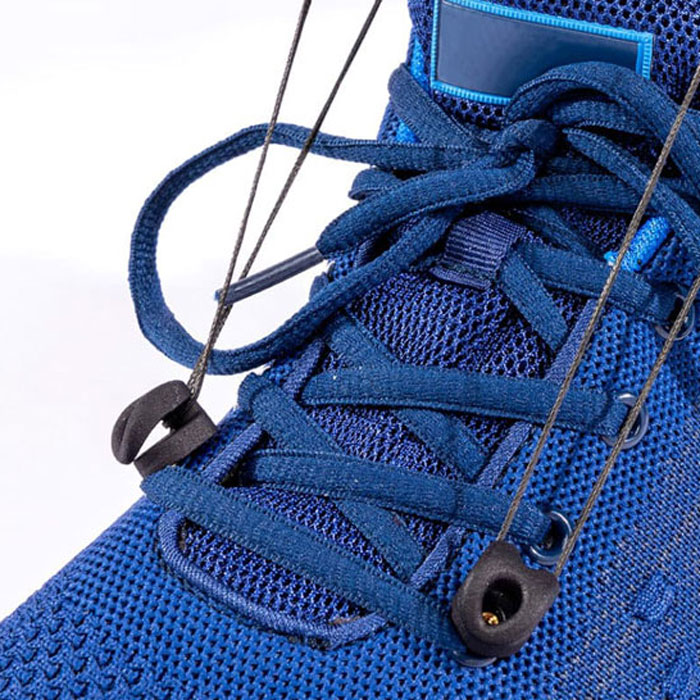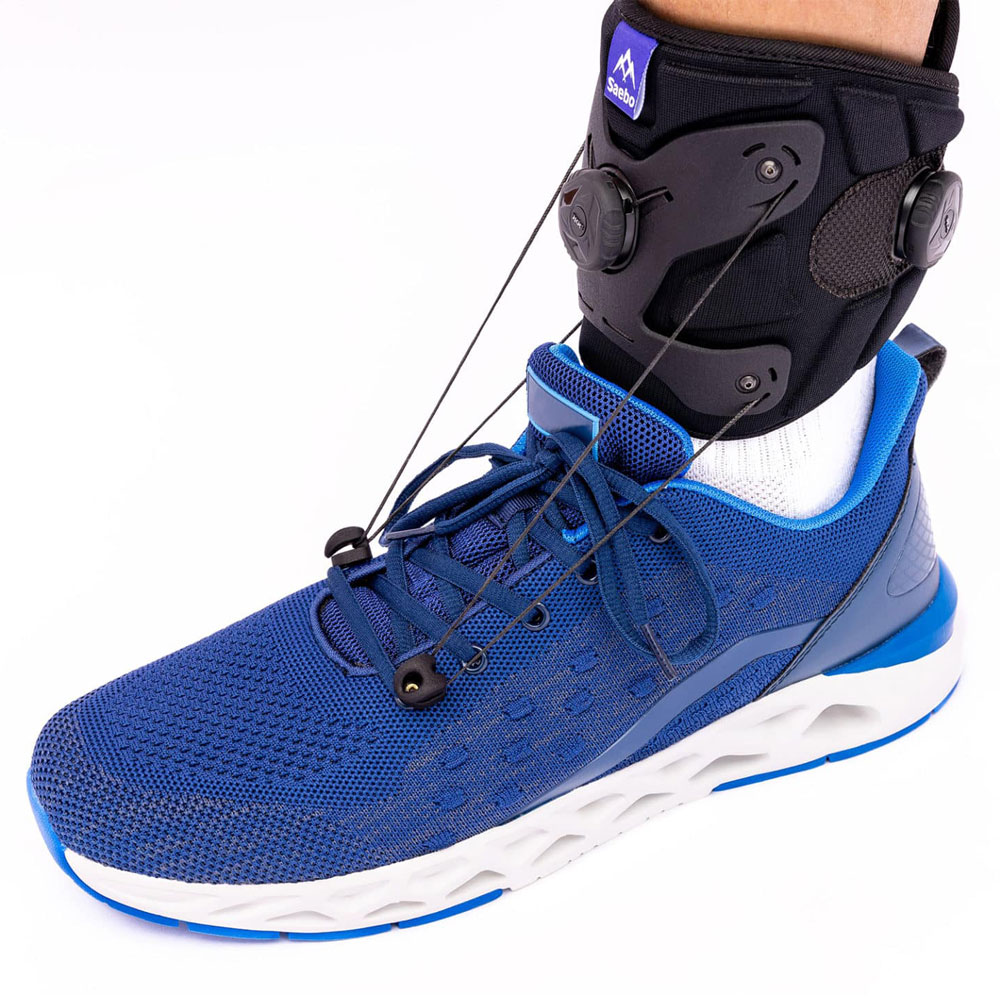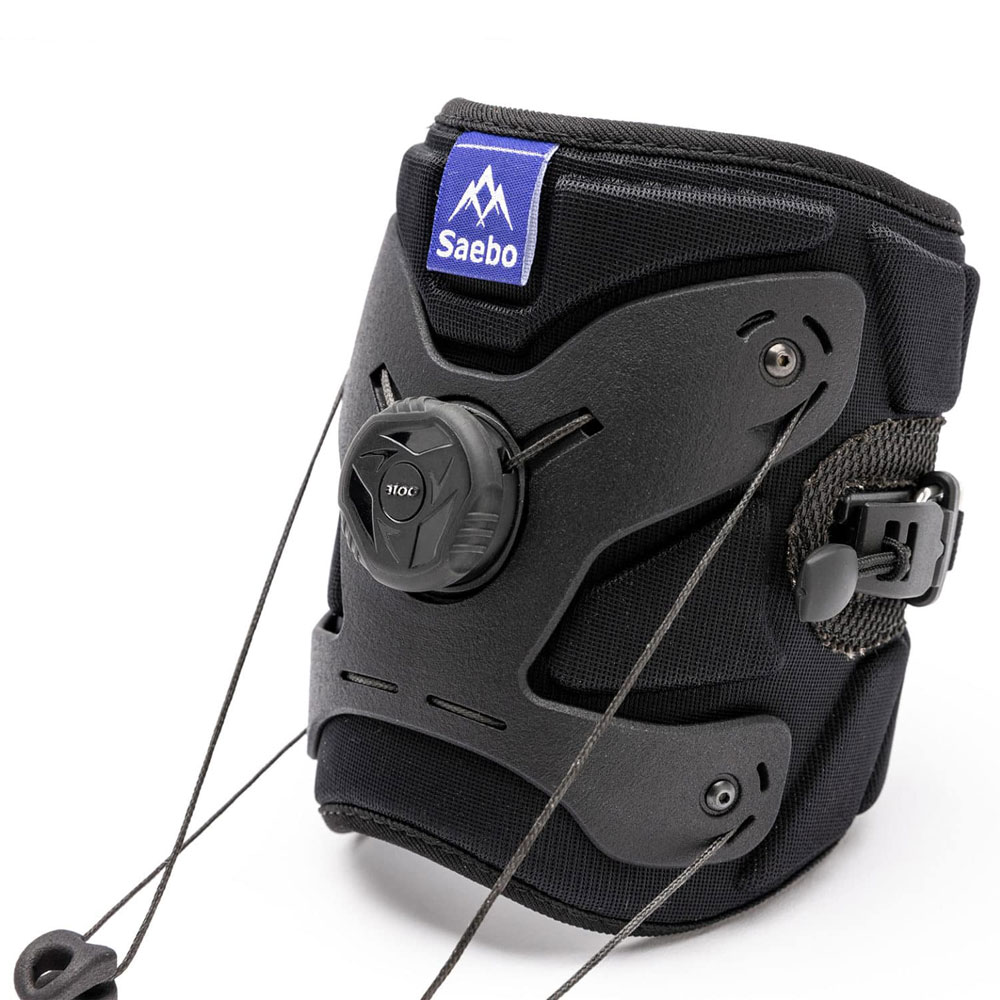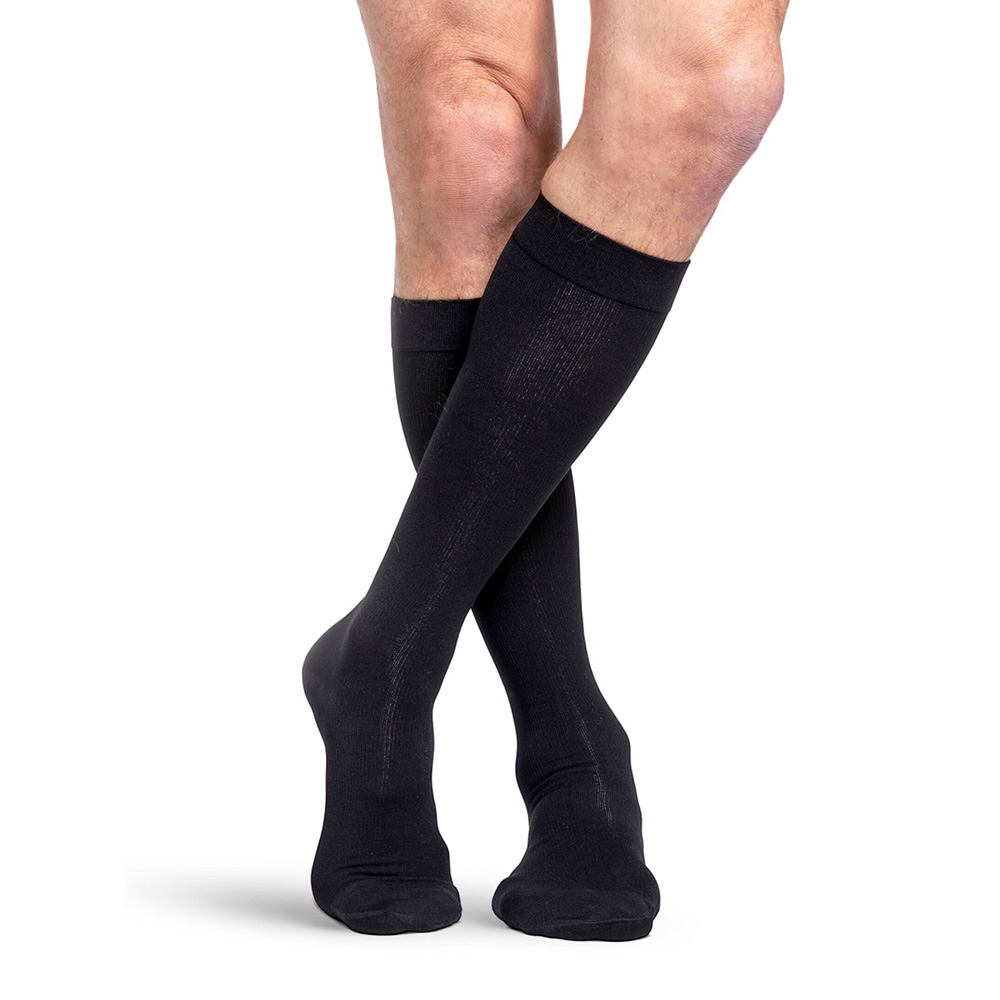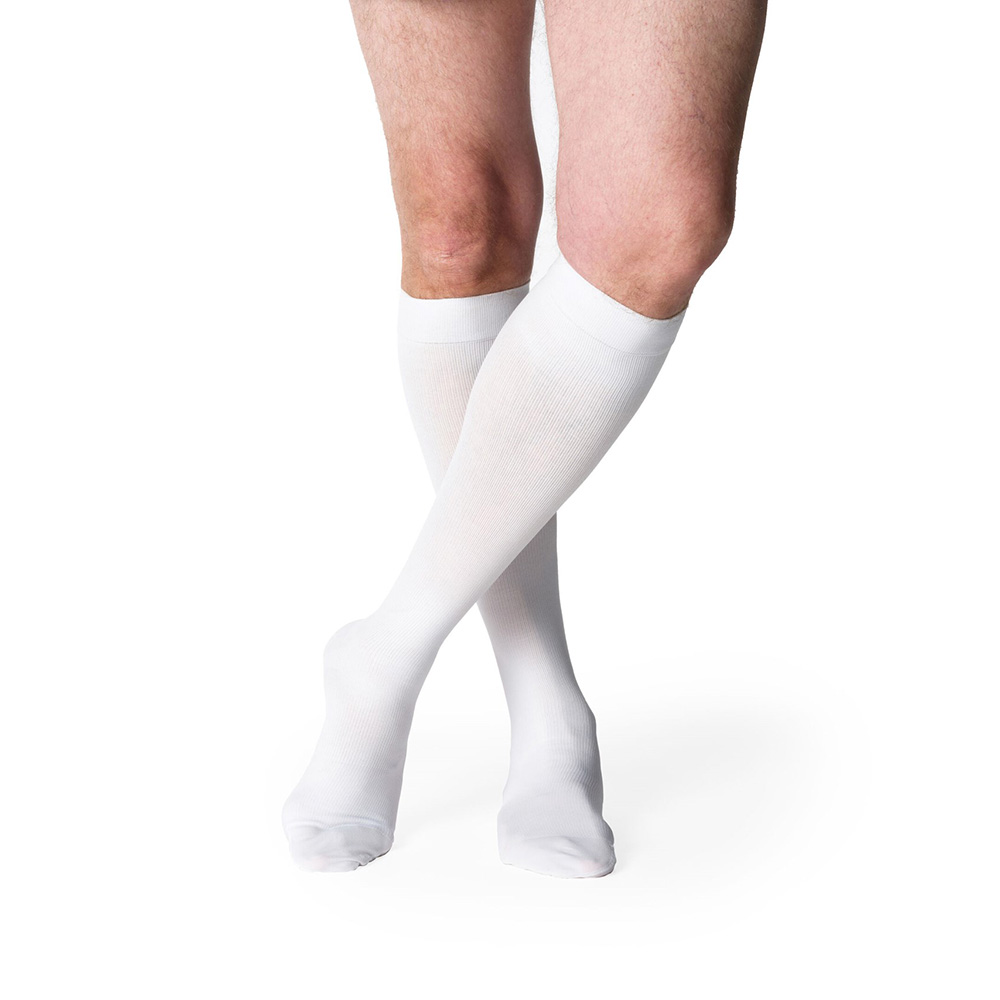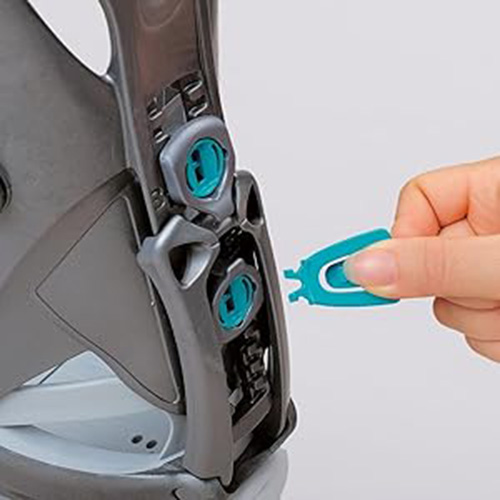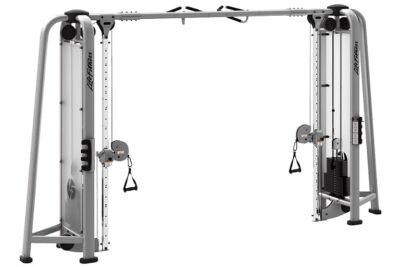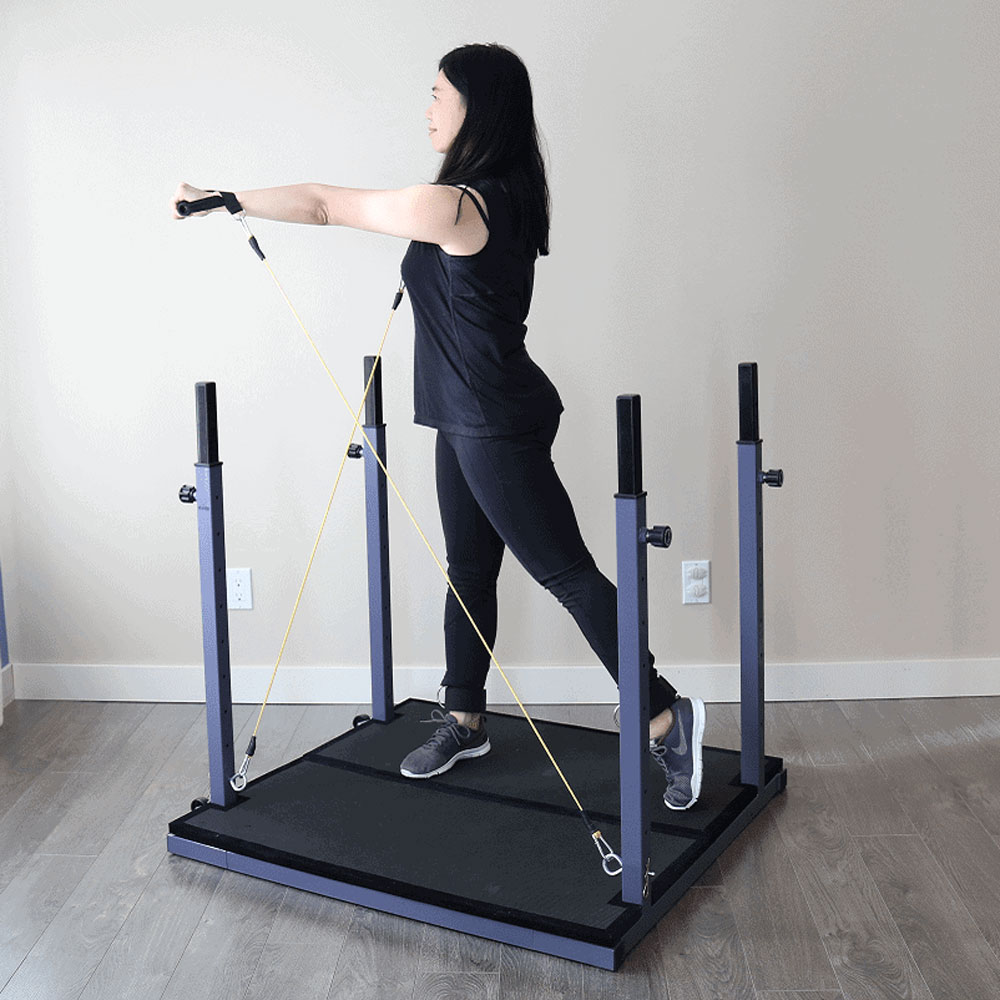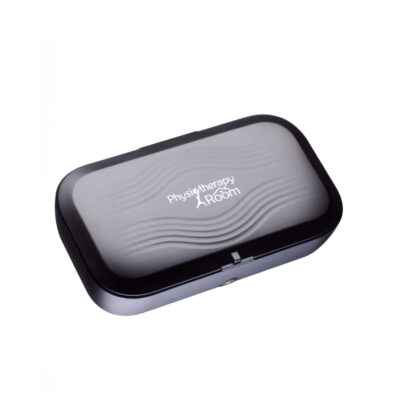The Dilemma
So, physiotherapists already have viable options when it comes to exercise equipment. What’s the problem?
Let’s dive a little deeper into the issue suggested above: traditional exercise equipment fall into one of two categories.
Category 1: versatile but large, heavy, and expensive.
Cable machines are the perfect example of this. Being able to modify the amount of load (resistance) quickly by moving a pin is an awesome feature. Additionally, the ability to change the height and therefore, the angle of resistance is particularly important in physiotherapy applications for reasons mentioned above. Cable machines are extremely versatile.
However, with the good, comes the bad. Cable machines require a large footprint and weigh hundreds of pounds. They require a dedicated space and should be considered a permanent fixture. This is before you consider the cost. A cable machine can cost $2,500 and require much maintenance.
Not every clinic can accommodate the size, weight, and cost of a cable machine.
Category 2: compact, light, and low-cost but very limited in its function.
On the other end of the spectrum are resistance bands.
Despite all of the glowing advantages of resistance bands (mentioned above), there are disadvantages. Standalone resistance bands have limitations, not the least of which is their need to be tethered to something fixed. This leaves physiotherapists at the mercy of whatever happens to be within the vicinity. We have seen bands tied to table legs, doorknobs, and other equipment. Not only is this impractical, it is also less safe. And, when resistance bands need to be tethered to other objects, the optionality of angles is very limited.
Physiotherapists can benefit from more functionality out of resistance bands.












 Ask A Question
Ask A Question
 Tax Exempt Shopping
Tax Exempt Shopping
 Get Clinical Pricing
Get Clinical Pricing
 Affiliate Program
Affiliate Program
 Retail Stores
Retail Stores
 Health Hub
Health Hub
 Shipping Policy
Shipping Policy
 Returns/Exchanges
Returns/Exchanges
 About Us
About Us
 Contact Us
Contact Us
 Login | Register
Login | Register




 BIOFLEX P120 Light Therapy System
BIOFLEX P120 Light Therapy System


